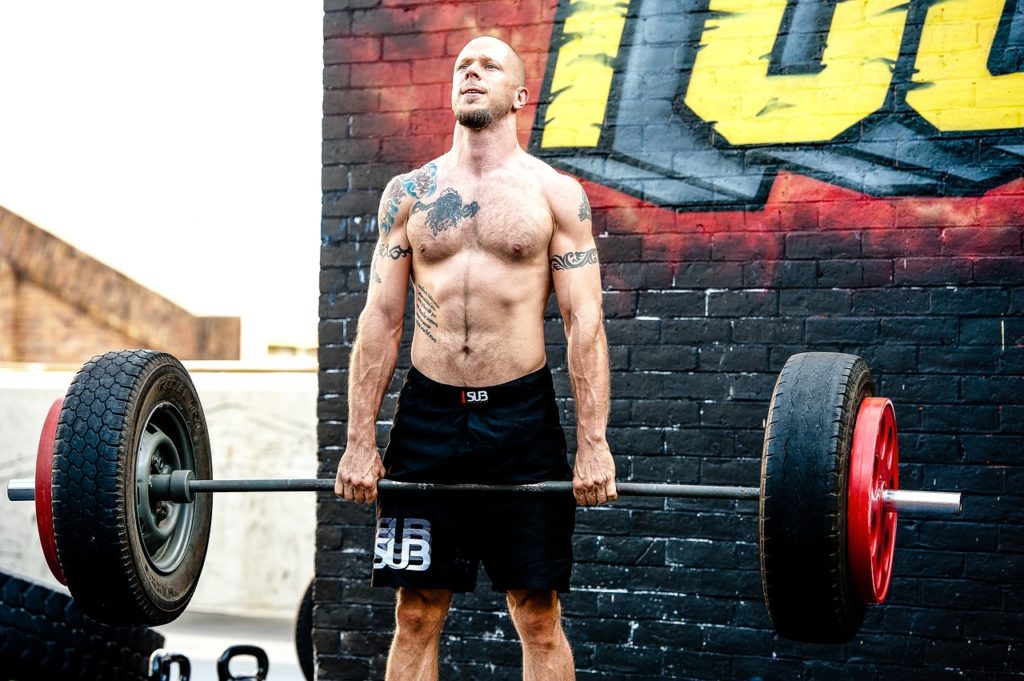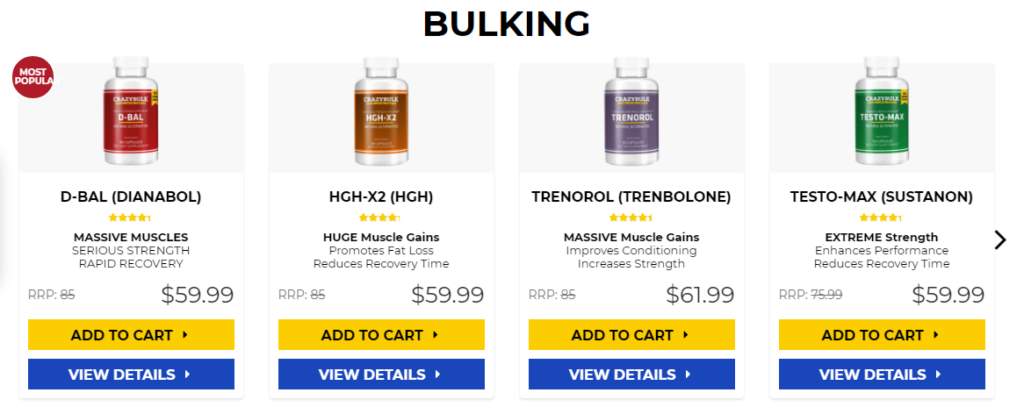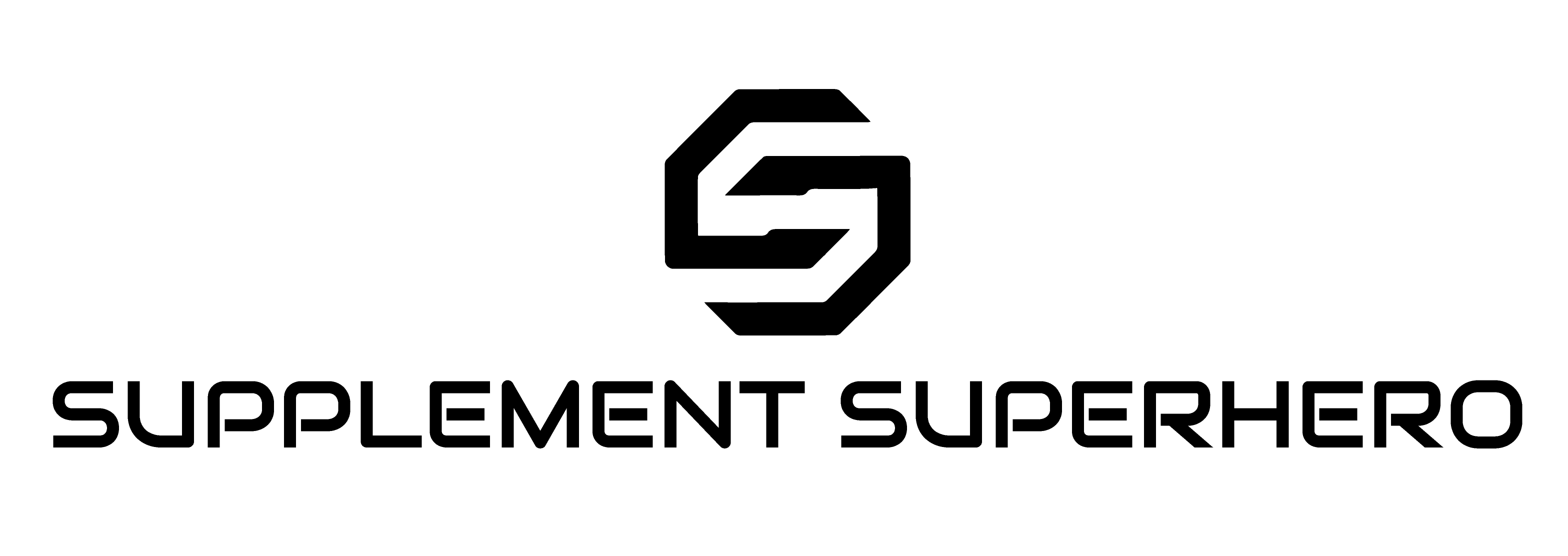
Table of Contents
Introduction
You’ve probably heard the big boys in the gym say the word “hypertrophy” when they talk about their lifting goals, but what does that actually mean?
Are the principles behind the term just an incomplete science, a fitness fad, or real laboratory-tested physiology?
Rest assured, the hype is real. Hypertrophy is, by definition, the enlargement of tissues or organs through the increase in the size of its cells.
Not to be confused with hyperplasia, which is the process of increasing the amount of cells. Hypertrophy is the process of increasing the size of each cell that’s already there.
In plain terms, hypertrophy simply refers to an increase in muscle size achieved through exercise, commonly through weightlifting.
This occurs through a physiological process that leads to an increase in the number of contractile proteins (myosin and actin) in each muscle fiber. With the right exercise regimen, you can catalyze this process.

How Does Muscular Hypertrophy Work?
There are two varieties of muscular hypertrophy:
- Sarcoplasmic: Increased muscle glycogen storage
- Myofibrillar: The growth of muscle contraction parts
The type to focus on depends on your fitness goals.
Sarcoplasmic
Sarcoplasmic hypertrophy causes a larger increase in muscle size due to the expansion of the sarcoplasm – or non-contractile cell fluid – within the muscle fibers.
However, with increasing volume, the density of muscle fibers in the area may decrease. In other words, although increases in mass do occur, this does not necessarily mean increases in strength.
This results from more sets and reps, and this type of training is generally used by bodybuilders, who focus more on the size and aesthetics required of their sport.
Myofibrillar
Myofibrillar hypertrophy first leads to larger increases in strength and muscle density, rather than increases in size.
Myofibrils are the components of your muscles responsible for muscle contractions. When lifting weights or performing other exercises, damage is inflicted on your muscle fibers.
In an attempt to repair the damage, your body stimulates growth by increasing the size of muscle fibers, which ultimately leads to increased muscle density and the ability to exert greater force.
When lifting weights, you can perform many repetitions (reps) with a lower weight or lift a heavy weight for fewer repetitions. The way you lift will determine how your muscles grow.
For example, you can amplify muscle tone with a lighter weight, but it will require a large number of repetitions to improve the efficiency of muscle fibers. Unless you do multiple repetitions until fatigue, you won’t see much muscle definition with this training style.
On the other hand, the use of heavy weight is an effective way to stimulate growth and definition in muscle fibers. It is also a more efficient way of exercising if you have limited time.
Different Exercises For Hypertrophy
Barbell Bench Press
This workout is the best to build muscular hypertrophy. It is also excellent for increasing the volume of the triceps and shoulders, making it an excellent general lift for improved aesthetics.
If you are not using the specialized bench rack, you can use a standard flat bench with weights or a light bar. Or, you can use a Smith machine.
Select the appropriate weights. Beginners and those lifting heavy weights should be assisted by a spotter who is behind the rack and helps spot in case of difficulty in lifting.
- Lie on the bench under the rack that supports the bar. Your eyes should be aligned with the front of the vertical bar supports. The buttocks, shoulders and head should be flat on the bench with a slight (neutral) curve in the spine. Your feet should be relatively wide apart and flat on the ground.
- Keep the barbell with your thumbs outside the closed fist, the handle above, the arms slightly wider than the width of the shoulders. The angle of the arms should be about 45 degrees from the body.
- Remove the bar from the shelf and lock the elbows before lowering the bar on the chest to the nipple level.
- Breathe deeply and lift the bar above your chest with your arms outstretched, exhale pushing upward and constantly aim for the same point on the ceiling. Don’t look at the bar; focus on the ceiling.
- Repeat the exercise. Three sets of 10 reps is recommended by some. Feel free to mix it up and experiment though.
- Finally, put the bar back on the rack from the locked position.
Deadlift
Deadlift simply refers to lifting dead weight (weight without momentum), like weights that rest on the ground. It is a favorite among many bodybuilders, powerlifters, and recreational lifters.
There are various positions you can approach while performing the deadlift, including the conventional deadlift, squats, and sumo deadlift.
Although this exercise uses the legs and hips as the main drivers, it can easily be considered a back exercise.
Before getting fancy, master the proper form of doing a deadlift to avoid injuring yourself.
- Stand up straight, feet shoulder-width apart, knees slightly bent, and legs close to the barbell.
- Bend the knees to lower the body.
- Grab the barbell with your arms stretched out.
- Push your buttocks back and keep your back flat. The butt should be almost parallel to the floor.
- Holding your core firmly, push through your heels to stay upright. Keep the weight close to the shins as you pull.
- Take a break on top and squeeze your buttocks, then slowly lower the weight along the shins.
Dumbbell One Arm Row
There is no way to avoid it – if you want a bigger and wider back, back training should include two types of movements.
One is a drag movement – up and down, like on a pull-up or drop cable. The other is a row, in which resistance is pulled from a position in front of the body on the torso.
When it comes to rowing, performing a standing row with weights is also a solid option, since the weights allow for a greater range of movement, as well as the ability to apply intense concentration on both sides of the back.
For best results, feel free to incorporate both in your workouts. Here are some steps on how to perform a dumbbell one arm row.
- Bend your hips and place one knee and the same hand on a flat bench. Keep your other foot on the floor next to the bench. Hold a dumbell in your free hand, letting it dangle with your elbow loose.
- Pull the weight towards your hip, keeping your elbow close to you, and then bend your arm and lift your shoulder.
- The elbow should point towards the ceiling when tightening the shoulder blades. Lower your weight under control along the same path.
- Finish the reps for one side of your body, then change arms and do the same number of reps for the other. That’ll complete one set.

Dips
A dip is a very simple, yet very effective exercise for upper body strength and hypertrophy.
When performed with narrow shoulder widths, the exericse will mainly involve the triceps, and the main synergists will be the anterior deltoid, the pectoral muscles (sternal, clavicular and minor) and the rhomboid muscles of the back (in this order).
Wide arm training puts more emphasis on the pectoral muscles, in the same way that a wide grip bench would focus more on the pectoral muscles and less on the triceps.
Proper dip form is key to avoid chest and shoulder pain.
Here’s how to do dips with proper form:
- Grab the parallel bars and jump, stretch your arms
- Lower your body by bending your arms when you lean forward
- Lower until your shoulders are under your elbows
- Raise your body by stretching your arms
- Lock your elbows on top
Squat
Squatting is a dynamic strength training exercise that requires multiple upper and lower body muscles to work simultaneously.
Many of these muscles help you perform daily activities such as walking, climbing stairs, bending over, or carrying heavy weights. They also help you do athletic-related activities.
Adding squats to your workouts can help you improve your performance, reduce the risk of injury, and help you move more easily throughout the day.
To Perform Basic Squats:
- Start with your feet slightly wider than the width of your hips.
- Hold your chest up, engage your abs, and move the weight onto your heels while pushing your hips into a sitting position.
- Lower your hips until your thighs are parallel or nearly parallel to the floor.
- You should feel the squat on your thighs and glutes.
- Exhale and push back to the starting position.

Diet and Muscles
The foods you eat can also help you build more muscle. Protein intake, in particular, plays an important role in muscle nutrition.
The current recommendation is around 0.36 grams per pound of body weight every day if you are over 19 years old.
For example, a 150-pound woman should consume around 54 grams of protein per day. (68 kg x 0.8 g = 54.5 g.)
A 180-pound man, on the other hand, should consume around 66 grams of protein per day. (82 kg x 0.8 g = 65.6 g.)
Depending on your goals, some suggest eating 1 gram per pound of body weight per day for the more ambitious muscle-builders.
Are you stuck on what to eat? Search for protein-rich foods that are also rich in leucine and other amino acids. You can find leucine in animal products such as:
- Poultry
- Beef
- Pork
- Fish
- Lamb
- Eggs
- Milk
- Milk Products, like cheese
Non-animal sources of protein include foods like:
- Soybeans
- Seeds
- Beans
- Nuts
Conclusion
How do you get started? The first step would be to go to a local gym and consult a personal trainer. Many gyms offer a free session as part of an association promotion.
A personal coach can help you master the correct form with free weights, weight machines, etc. Correct form is essential to avoid injury.
Lastly, here are some additional tips for beginners:
- Warm up for 5-10 minutes with some form of aerobic exercises, such as brisk walking. This will help you avoid exercise-related injuries with cold muscles.
- Start with light exercises, with only 1 or 2 pounds if needed. You can also try going through weightless bodybuilding movements.
- Gradually increase your weight. Lifting too heavy too early is a recipe for injury. That said, if you don’t challenge your muscles, you still won’t see any gain. Try to lift a weight that makes your muscles tired after 12-15 repetitions.
- Lift your weights in a controlled movement. Resist uncontrolled movements of the joints to lean on an excessively heavy weight. This can cause injury.
- Continue to breathe during training. Exhale when lifting or pushing weight. Inhale as you relax.
- Don’t worry about muscle pain and fatigue that lasts a few days. If you feel very sore and exhausted, you may be doing too much. Your exercise shouldn’t cause pain, so take some time.
- Include cardio in your training program. Aerobic exercise, like running, can help build muscle if done with the right intensity, duration and frequency.
- Follow a healthy diet that contains a good dose of protein. These foods will feed your workouts and help build muscle. Animal sources contain the highest amount of protein, but plant sources are also sufficient.
- Remember to talk to your doctor before starting a new workout routine, especially if you have health problems. They may have recommendations for exercise adjustments that can help you stay safe.

